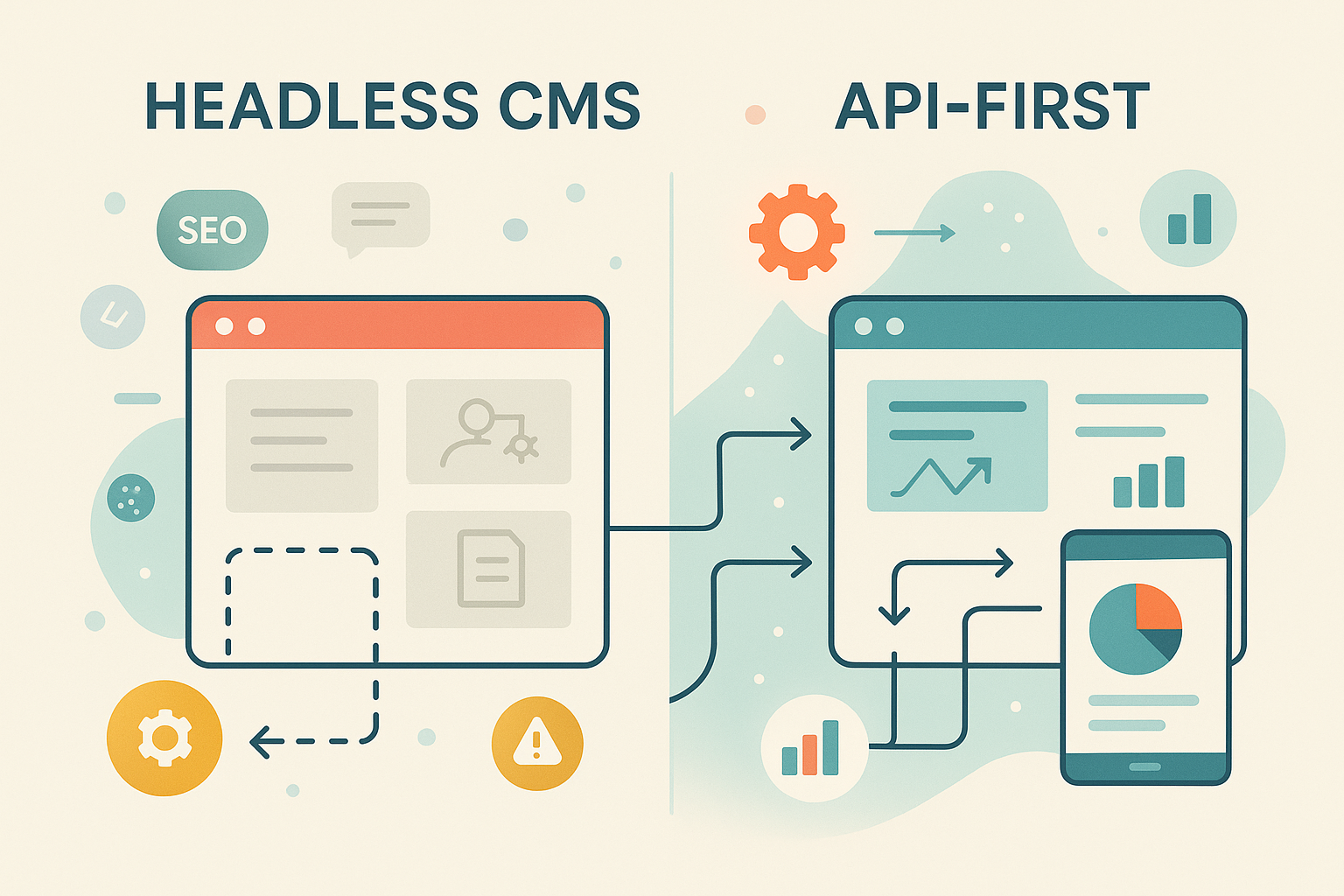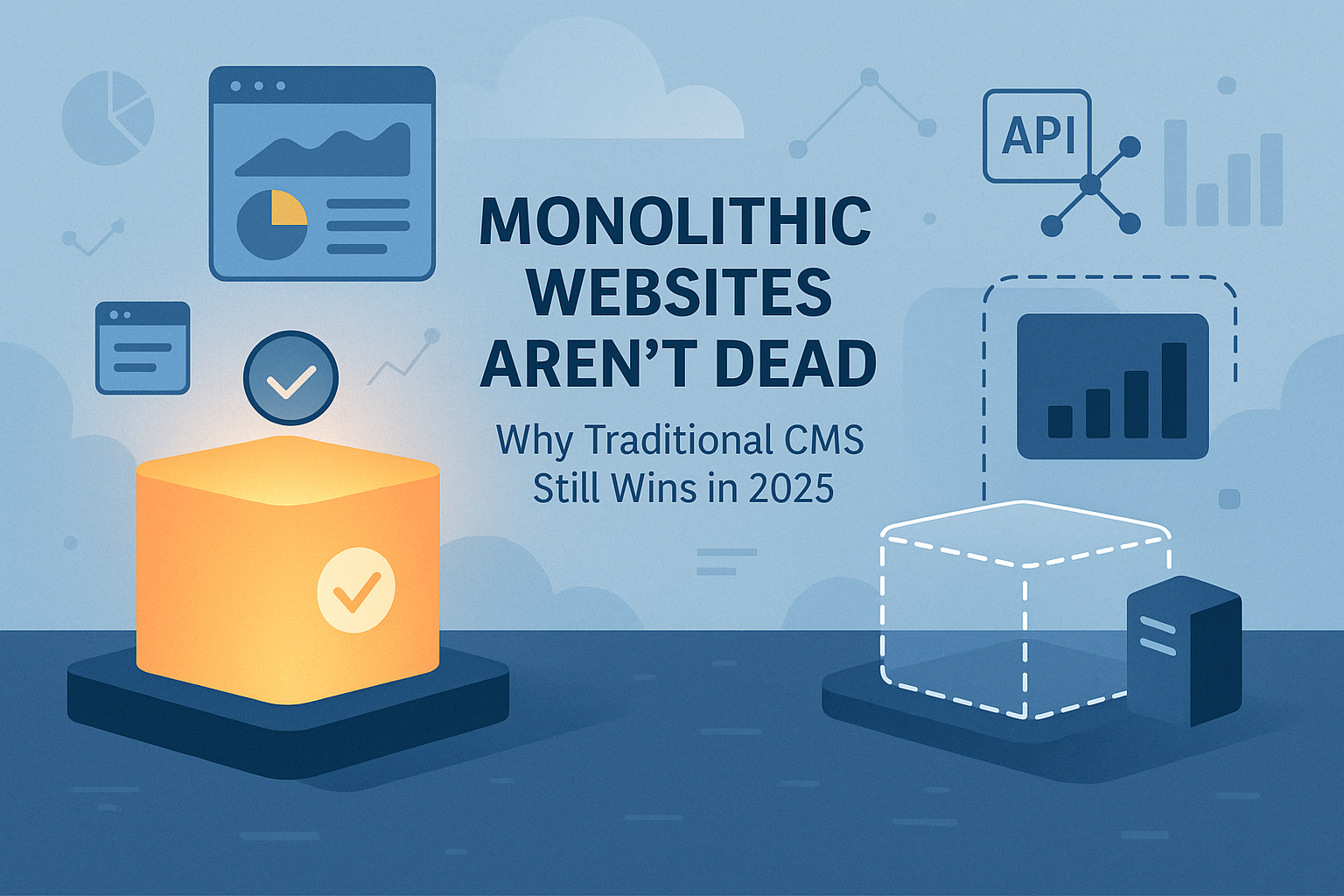The agencies winning in 2025 aren’t just creative—they’re connected. Their tech stack is lean, fast, and smart enough to automate busywork, integrate data, and deliver real-time insights. While others are drowning in a sea of disconnected subscriptions, high-performing teams are building streamlined ecosystems that amplify their talent, not complicate it.
Too many agencies waste time and money juggling dozens of tools that don’t talk to each other. They chase shiny new platforms, hoping for a silver bullet, but end up with a Franken-stack that creates more friction than it removes. The result? Burned-out teams, frustrated clients, and a constant feeling of being one step behind.
At Href Creative, we’ve spent years refining our own tech stack, and we’ve helped countless other agencies do the same. We’ve learned that the most effective stacks aren’t built on buzzwords; they’re built on a foundation of integration, automation, and intelligence.
In this article, we’ll pull back the curtain and share what the modern agency tech stack looks like in 2025. From CMS to AI to analytics, here’s what drives performance, speed, and scale today.
The Modern Website Stack: Flexible, Fast, and API-Connected
Your website development stack is the foundation of your digital service delivery. In 2025, the winning approach is all about flexibility. You need to be able to build anything from a simple, marketing-first brochure site to a high-performance, headless web application. This means having a toolkit that can adapt to any client need.
Content Management Systems (CMS):
Headless CMS (Contentful, Sanity, Strapi): For projects that demand modular content, multi-platform delivery (e.g., web, mobile app, digital signage), and top-tier performance, a headless CMS is the gold standard. These platforms separate the content backend from the presentation layer, giving developers the freedom to build with modern frontend frameworks. We explored this in detail in our comparison of API-first vs. headless CMS.
Traditional & Hybrid CMS (WordPress, Webflow): Despite the hype around headless, WordPress and Webflow still dominate the SMB and mid-market space for good reason. Their integrated nature makes them faster to develop on for standard marketing sites, and their user-friendly editors empower clients to manage their own content. The choice between WordPress and Webflow often comes down to a client’s need for customization versus ease of use.
Frontend Frameworks:
Next.js & Nuxt.js: These React and Vue frameworks, respectively, have become the industry standard for building high-performance, scalable websites. Their support for server-side rendering (SSR) and static site generation (SSG) is crucial for both SEO and user experience.
Vite: For smaller projects or those that don’t require the complexity of a full-stack framework, Vite offers a blazing-fast development experience that keeps frontend workflows lean and efficient.
At Href Creative, we use WordPress for marketing-first builds and Next.js paired with a headless CMS for performance-critical sites. Our web development approach is all about matching the tech to the client's goals, not forcing a one-size-fits-all solution.
From Manual to Intelligent: Automating the Repetitive Stuff
AI and automation are no longer optional; they are the engine of the modern agency. The goal isn’t to replace talented people but to augment their abilities by automating the repetitive, low-value tasks that consume their time and energy.
AI-Driven Tools:
Content Creation (Jasper, ChatGPT via API, Copy.ai): These tools are invaluable for generating first drafts, brainstorming ideas, and overcoming writer’s block. When integrated into a workflow via API, they can power everything from automated social media updates to personalized email campaigns.
Design (Midjourney, Adobe Firefly, Runway ML): AI image and video generation tools have become essential for creating mood boards, concept art, and unique visual assets at a fraction of the time it would take manually.
Automation Platforms:
Zapier & Make: These platforms are the glue that holds the modern tech stack together. They allow you to create automated workflows between virtually any two apps, saving thousands of hours per year on manual data entry and task management.
HubSpot Workflows & Notion AI: For agencies that are all-in on a single ecosystem, the native automation features within platforms like HubSpot and Notion are becoming increasingly powerful.
According to HubSpot’s 2025 Agency Tech Report, 83% of agencies now use AI for content or creative production. [1] The best AI stacks aren’t built on replacing people; they’re built to remove friction so your team can focus on what they do best: strategy and creativity.
Staying Synced Without the Slack Chaos
As teams become more distributed, a cohesive collaboration layer is essential. The goal is to create a “single source of truth” that minimizes confusion and keeps everyone aligned, without overwhelming them with notifications.
Project Management (ClickUp, Asana, Notion, Linear): The debate over the “best” project management tool will never end, but the leading platforms in 2025 all share a few key traits: flexibility, powerful integrations, and the ability to visualize work in multiple ways (e.g., lists, Kanban boards, timelines).
Communication (Slack, Threads, Loom): While Slack remains the default for real-time chat, the rise of asynchronous communication tools like Loom (for video messages) and dedicated project-based threads is helping to reduce the “always on” pressure of constant chat.
Knowledge Management (Notion, Confluence, Google Workspace): A central knowledge base is non-negotiable. It’s where you document processes, store client information, and share important resources. A well-organized knowledge base is the backbone of a scalable agency.
If your team is spending more time tracking tasks than doing them, your stack is broken, not your people. The right collaboration tools should feel like they're working for you, not the other way around. This is especially important for agencies offering comprehensive digital marketing services where team coordination is critical.
Measure, Don’t Guess: Data Tools That Drive Strategy
Data is the lifeblood of a modern agency, but raw data is useless. The right analytics stack transforms numbers into insights, and insights into strategy.
Analytics Platforms (GA4 + Looker Studio, Fathom, Plausible): While Google Analytics 4 remains the standard, many agencies are now supplementing it with privacy-focused alternatives like Fathom or Plausible, especially for clients who are sensitive to data privacy concerns. The real magic happens when you pipe this data into a visualization tool like Looker Studio to create custom, easy-to-understand dashboards.
Marketing & SEO Reporting (Supermetrics, HubSpot Reporting, Ahrefs, Semrush): These tools aggregate data from various marketing channels (e.g., Google Ads, Facebook Ads, SEO rankings) into a single, unified view. This is essential for demonstrating ROI and making data-driven decisions. Our guide to measuring marketing analytics provides a deeper look into this process.
DataBox reports that agencies that automate their analytics reporting save an average of 10+ hours per client per month. [2] By connecting the Google Sheets API to ChatGPT, we can now generate client-ready summaries of performance data in seconds, freeing up our strategists to focus on analysis, not report building.
Building Real Relationships Through Better Systems
Finally, the client experience layer is what ties everything together. These are the tools that manage the client relationship from initial contact to final delivery and beyond.
CRM (HubSpot, Pipedrive, Monday Sales CRM): A modern CRM is more than just a contact database. It’s a central hub for tracking every interaction a client has with your agency. When your CRM is integrated with your project management and marketing automation tools, you get a 360-degree view of the entire client lifecycle.
Email & Marketing Automation (ActiveCampaign, Klaviyo, ConvertKit): These platforms are essential for nurturing leads, onboarding new clients, and delivering personalized communication at scale. For a deeper dive, see our guide on automating the customer journey.
Client Portals & Dashboards (Notion, AgencyAnalytics, Custom Webflow sites): The days of emailing PDF reports are over. Modern agencies provide clients with live, interactive dashboards where they can see their results in real-time. This transparency builds trust and reinforces the value you’re providing.
In 2025, agencies that connect their CRM to their CMS don’t just track leads; they track behavior, engagement, and ROI in real-time. This is the key to building a truly great client-agency partnership.
The Bottom Line: Your Stack Is Your Strategy
The perfect tech stack isn’t about having the most tools; it’s about having the right tools, deeply integrated and automated. The best agencies in 2025 are those that combine world-class creativity with operational precision. Your stack should make your team faster, your clients happier, and your results measurable. Everything else is noise.
Want to modernize your agency tech stack? Href Creative helps agencies audit and rebuild their systems for efficiency, performance, and growth. Contact us today to learn more.
References
[1] HubSpot Agency Tech Trends 2025 Report: https://www.hubspot.com/
[2] Databox Agency Operations Benchmark 2025: https://databox.com/
[3] Gartner MarTech Ecosystem Forecast 2025: https://www.gartner.com/
[4] Webflow Blog: Modern Agency Tools 2025: https://webflow.com/blog/
[5] Forbes: AI & Automation in the Agency World: https://www.forbes.com/


